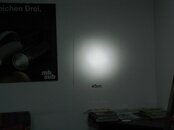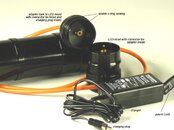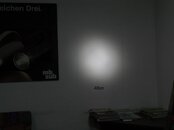jimdiverman
Contributor
Jim,
i cant make some pictures under water, because I DON'T DIVE.
To explain the beam i will make tomorrow some pictures in my company.
I think, if you see the beam shot in 1m and 2m distance, its good enough!?
Michael
Michael,
Show us what you can, and then we will ask further questions if we still have some.
Thanks.






